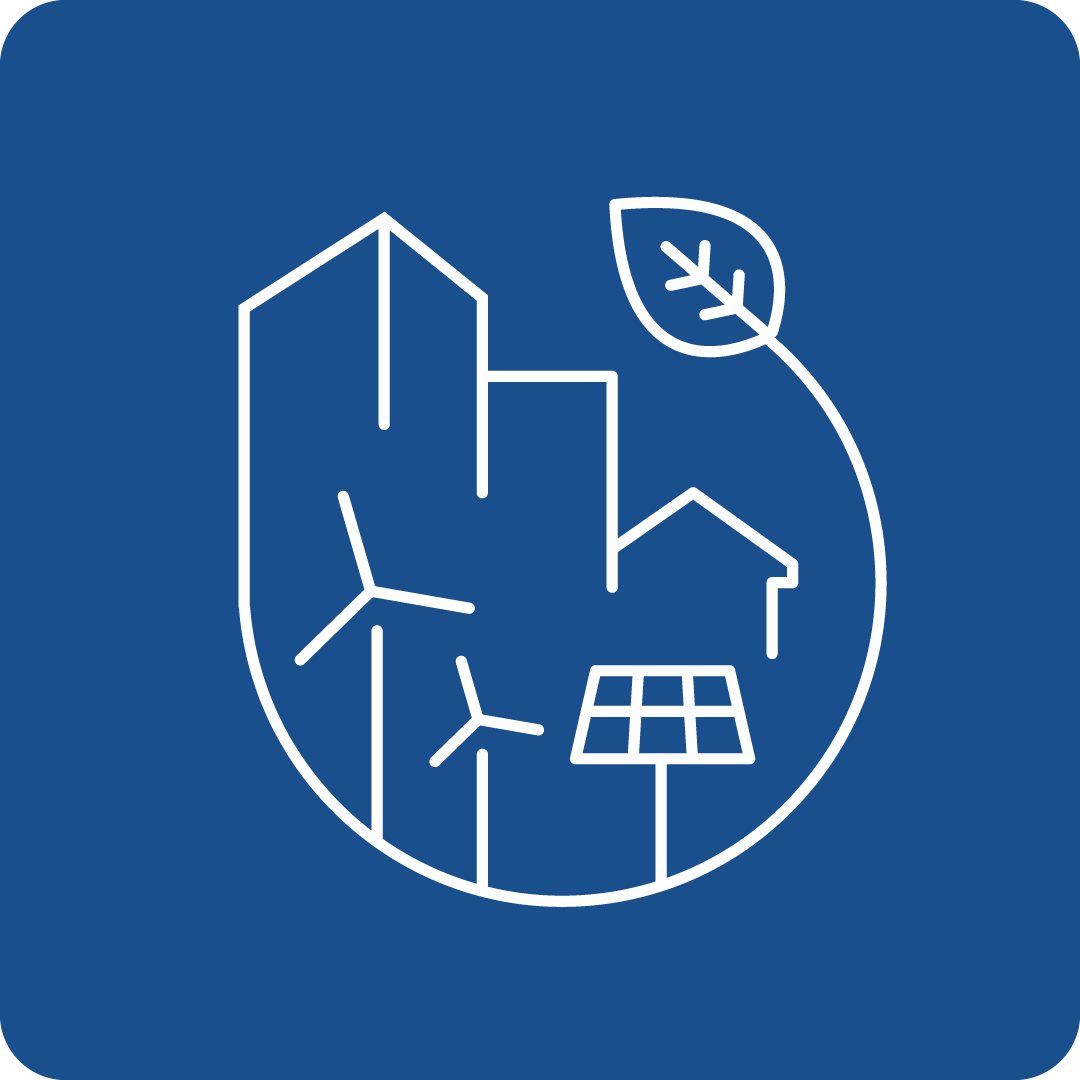Filter Search for grants
Call Navigation
Deadline expired
The deadline for this call has expired.
Call key data
New designs, shapes, functionalities of Light Commercial Vehicles (2ZERO Partnership)
Funding Program
Horizon Europe: Cluster 5 - Climate, Energy and Mobility
Call number
HORIZON-CL5-2024-D5-01-06
deadlines
Opening
07.12.2023
Deadline
18.04.2024 17:00
Funding rate
70% (NPO:100%)
Call budget
€ 10,000,000.00
Estimated EU contribution per project
€ 10,000,000.00
Link to the call
Link to the submission
Call content
short description
The main objective of this call is to deliver new urban optimized light commercial zero-emission vehicles with a focus on goods transport, that are affordable, safe, sustainable and reliable and with a strong engagement from freight services users and fleet owners in the definition of requirements and testing. The focus will be to identify and overcome the main barriers for the development of new LCV concepts for urban and sub-urban logistics and freight mobility.
Call objectives
Proposals are expected to address all of the following aspects:
- Engage with users of the vehicles, define requirements, expectations and potential developments that may influence future demand for these vehicles as well as considering the integration of vehicles in existing and future charging infrastructures.
- Develop and demonstrate new designs, shapes and functionalities of Light Commercial Vehicles to meet current and future needs for commercial delivery of goods, including safety aspects.
- Demonstrate the developed vehicles and operational concepts considering current and future demands for these vehicles in a growing e-commerce market for deliveries and returns of parcels, groceries and refrigerated goods and addressing the challenges holistically (i.e. by demonstrating the concepts in actual current or new logistics operations including charging and addressing requirements in cities with extended zero emission zones).
- Establish synergies and links with new logistics concepts developed in R&I projects focused on logistics operations and innovative concepts (such as the Physical Internet).
- Demonstrated vehicles and operational concepts are expected to target important markets with the potential for the largest environmental impact.
- Optionally and additionally, concepts for demonstration of the combined usage of people and freight vehicle operation, fleet utilisation optimisation in dense-urban areas might be included.
- Development of appropriate operational and control strategies during acceleration and braking to reduce secondary brake and tyre particle emissions, optimise energy recuperation and further reduce environmental impact in urban environments.
This topic implements the co-programmed European Partnership on ‘Towards zero emission road transport’ (2ZERO). As such, projects resulting from this topic will be expected to report on the results to the European Partnership ‘Towards zero emission road transport’ (2ZERO) in support of the monitoring of its KPIs.
read more
Expected results
Project results are expected to contribute to all of the following outcomes:
- Develop and demonstrate new and innovative mission focused and efficient Light Commercial Vehicles (LCV) battery electric concepts to address new requirements (e.g. growing of e-commerce overall and in segments such as groceries or cold chain products, urban logistics consolidation schemes) from zero emission logistics processes in cities increasing the affordability and scalability of the proposed solutions.
- Demonstrate scalable zero emission real life operations in the city environment including charging and building synergies between the new LCVs and zero emission Heavy Duty Vehicles operations to address user needs in a sustainable and safe manner.
- User and mission-centric definition of requirements on vehicles, infrastructure and system from mobility operators and logistics companies considering new and innovative solutions.
Eligibility Criteria
Regions / countries for funding
Moldova (Moldova), Albania (Shqipëria), Armenia (Հայաստան), Bosnia and Herzegovina (Bosna i Hercegovina / Босна и Херцеговина), Faeroes (Føroyar / Færøerne), Georgia (საქართველო), Iceland (Ísland), Israel (ישראל / إِسْرَائِيل), Kosovo (Kosova/Kosovë / Косово), Montenegro (Црна Гора), Morocco (المغرب), North Macedonia (Северна Македонија), Norway (Norge), Serbia (Srbija/Сpбија), Tunisia (تونس /Tūnis), Türkiye, Ukraine (Україна), United Kingdom
eligible entities
Education and training institution, International organization, Non-Profit Organisation (NPO) / Non-Governmental Organisation (NGO), Other, Private institution, incl. private company (private for profit), Public Body (national, regional and local; incl. EGTCs), Research Institution incl. University, Small and medium-sized enterprise (SME)
Mandatory partnership
Yes
Project Partnership
To be eligible for funding, applicants must be established in one of the following countries:
- the Member States of the European Union, including their outermost regions
- the Overseas Countries and Territories (OCTs) linked to the Member States
- third countries associated to Horizon Europe - see list of particpating countries
Only legal entities forming a consortium are eligible to participate in actions provided that the consortium includes, as beneficiaries, three legal entities independent from each other and each established in a different country as follows:
- at least one independent legal entity established in a Member State; and
- at least two other independent legal entities, each established in different Member States or Associated Countries.
Any legal entity, regardless of its place of establishment, including legal entities from non-associated third countries or international organisations (including international European research organisations) is eligible to participate (whether it is eligible for funding or not), provided that the conditions laid down in the Horizon Europe Regulation have been met, along with any other conditions laid down in the specific call topic.
A ‘legal entity’ means any natural or legal person created and recognised as such under national law, EU law or international law, which has legal personality and which may, acting in its own name, exercise rights and be subject to obligations, or an entity without legal personality.
Specific cases:
- Affiliated entities — Affiliated entities (i.e. entities with a legal or capital link to a beneficiary which participate in the action with similar rights and obligations to the beneficiaries, but which do not sign the grant agreement and therefore do not become beneficiaries themselves) are allowed, if they are eligible for participation and funding.
- Associated partners — Associated partners (i.e. entities which participate in the action without signing the grant agreement, and without the right to charge costs or claim contributions) are allowed, subject to any conditions regarding associated partners set out in the specific call conditions.
- Entities without legal personality — Entities which do not have legal personality under their national law may exceptionally participate, provided that their representatives have the capacity to undertake legal obligations on their behalf, and offer guarantees to protect the EU’s financial interests equivalent to those offered by legal persons.
- EU bodies — Legal entities created under EU law including decentralised agencies may be part of the consortium, unless provided for otherwise in their basic act.
- Joint Research Centre (‘JRC’)— Where provided for in the specific call conditions, applicants may include in their proposals the possible contribution of the JRC but the JRC will not participate in the preparation and submission of the proposal. Applicants will indicate the contribution that the JRC could bring to the project based on the scope of the topic text. After the evaluation process, the JRC and the consortium selected for funding may come to an agreement on the specific terms of the participation of the JRC. If an agreement is found, the JRC may accede to the grant agreement as beneficiary requesting zero funding or participate as an associated partner, and would accede to the consortium as a member.
- Associations and interest groupings — Entities composed of members (e.g. European research infrastructure consortia (ERICs)) may participate as ‘sole beneficiaries’ or ‘beneficiaries without legal personality’. However, if the action is in practice implemented by the individual members, those members should also participate (either as beneficiaries or as affiliated entities, otherwise their costs will NOT be eligible.
other eligibility criteria
Activities are expected to achieve TRL 7-8 by the end of the project.
If projects use satellite-based earth observation, positioning, navigation and/or related timing data and services, beneficiaries must make use of Copernicus and/or Galileo/EGNOS (other data and services may additionally be used).
Additional information
Topics
Relevance for EU Macro-Region
EUSAIR - EU Strategy for the Adriatic and Ionian Region, EUSALP - EU Strategy for the Alpine Space, EUSBSR - EU Strategy for the Baltic Sea Region, EUSDR - EU Strategy for the Danube Region
UN Sustainable Development Goals (UN-SDGs)
![]()
![]()
![]()
Additional Information
All proposals must be submitted electronically via the Funders & Tenders Portal electronic submission system (accessible via the topic page in the Search Funding & Tenders section). Paper submissions are NOT possible.
Proposals must be complete and contain all parts and mandatory annexes and supporting documents, e.g. plan for the exploitation and dissemination of the results including communication activities, etc.
The application form will have two parts:
- Part A (to be filled in directly online) contains administrative information about the applicant organisations (future coordinator and beneficiaries and affiliated entities), the summarised budget for the proposal and call-specific questions;
- Part B (to be downloaded from the Portal submission system, completed and then assembled and re-uploaded as a PDF in the system) contains the technical description of the project.
Annexes and supporting documents will be directly available in the submission system and must be uploaded as PDF files (or other formats allowed by the system).
The limit for a full application (Part B) is 45 pages.
Contact
To see more information about this call, you can register for free here
or log in with an existing account.
Log in
Register now


